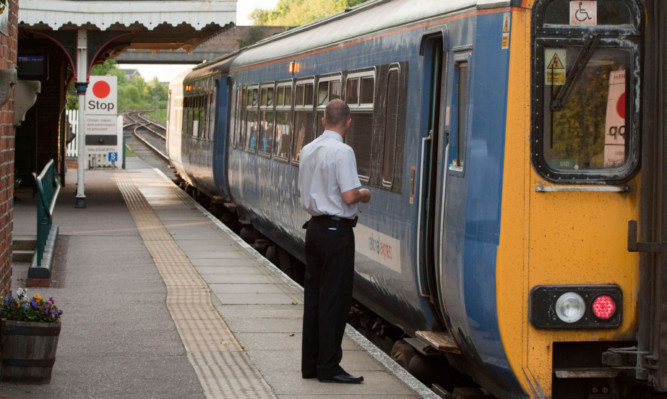
Union bosses have accused the UK Government of keeping rail passengers in the dark over plans to cut services and hike fares in the north of England.
Transport union RMT has uncovered a copy of an information leaflet which was withdrawn from circulation.
It spells out plans to axe services, close ticket offices, cut staff and increase fares on Northern Rail and Trans-Pennine Express rail franchises.
Mick Cash, RMT acting general secretary, slammed the “disgraceful” proposals.
He said: “These plans will whack up fares, axe jobs and services and reduce both the Northern and Trans-Pennine franchises to an unsafe, money-making racket.”
The RMT obtained a copy of the leaflet, produced by the Department for Transport (DfT) as part of a public consultation, which ends tomorrow.
Its asks for the views of the public on:
Reducing Northern services
Increasing fares
Cutting the hours during which ticket offices are open and staffed
Shutting little-used stations
The details were revealed as the RMT steps up its campaign against what it has described as the Northern and Trans-Pennine “carve up”.
Union officials have collected postcards from members of the public voicing their anger over proposed cuts. They will be delivered to the Department for Transport on Monday.
Mick Cash criticised the “pitiful” official consultation, which involved five “listening” events across the north of England.
None of those were in Cumbria, where passengers will be hard-hit by the proposed plans.
He said: “The attack on the fare-paying public has already begun and the delivery of nearly 10.000 cards protesting against the plans is only the start of the RMT-organised fight back.”
A DfT spokesperson said the government planned to invest £1bn in the rail network in northern England. “No decisions will be made without taking into account the views of local people,” he said.

Enjoy the convenience of having The Sunday Post delivered as a digital ePaper straight to your smartphone, tablet or computer.
Subscribe for only £5.49 a month and enjoy all the benefits of the printed paper as a digital replica.
Subscribe